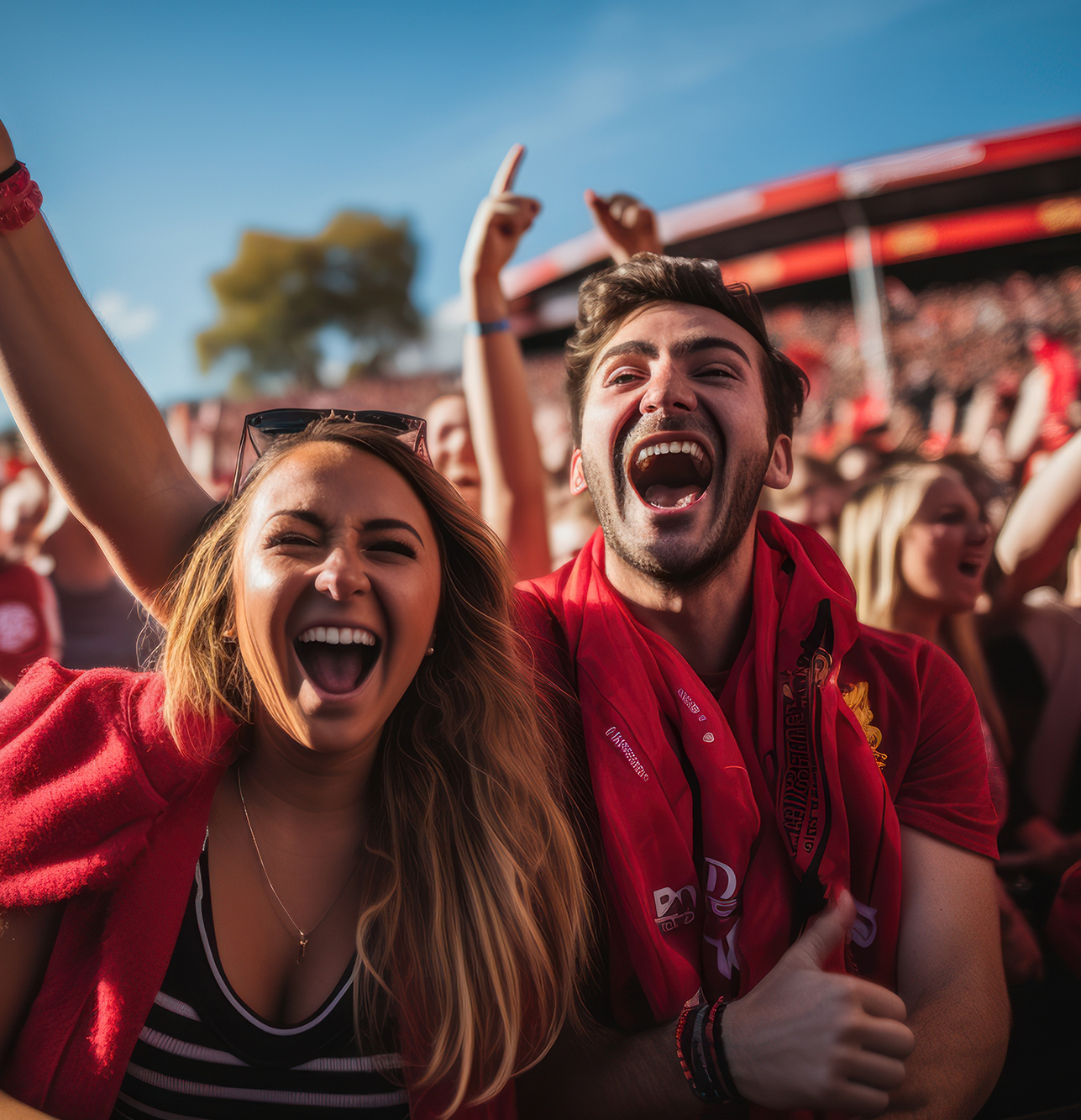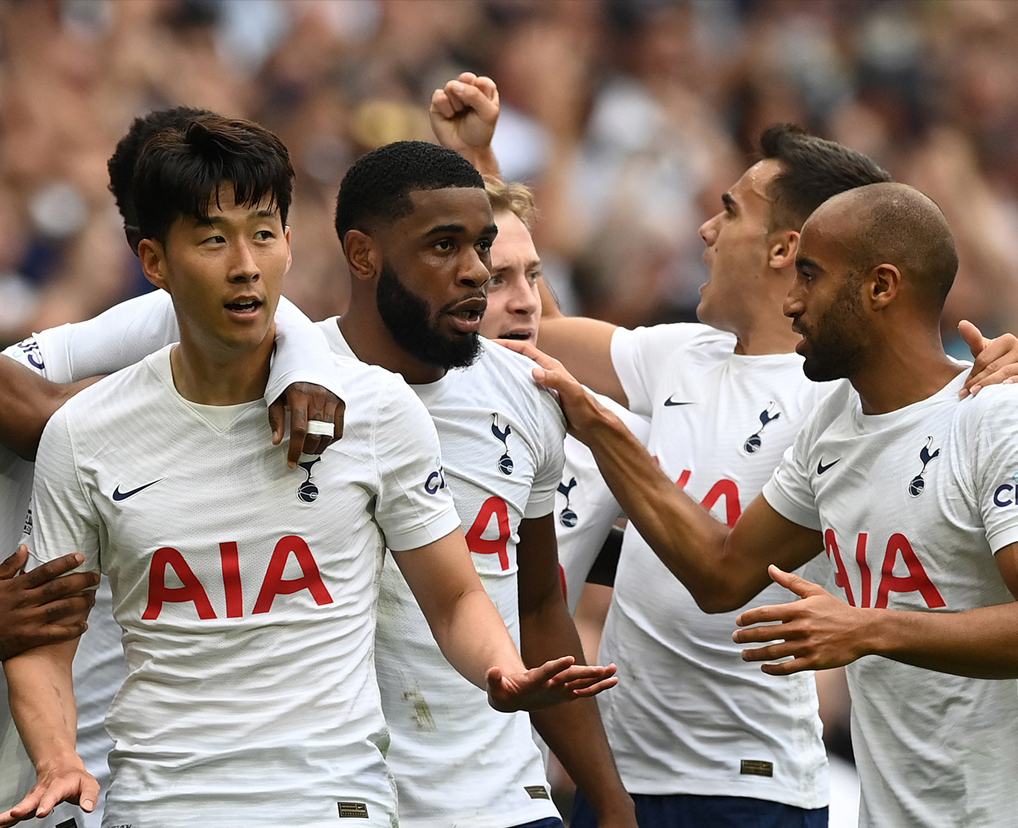We are a full funnel agency that connects brands with audiences to enhance marketing performance
DELIVERED GLOBALLY
captured
completed



















Driving maximum
value and impact
We build strategies and activations designed to access, engage, and unlock the value of audiences.
Whether it’s a first-party audience you already own or one you want to reach, we know how powerful real audience connection can be - and we’ve seen it deliver measurable results.
At Greenroom, we believe sports partnerships and database activation are two of marketing’s most underutilised weapons. We help brands turn both into high-performing channels that drive real business outcomes - by combining the emotion of sport with the precision of first-party data.
If you're looking to build your brand, grow your database, or drive action from the audiences that matter most, we’ll show you how to make every moment count - on the field and in your funnel.

Sport
Activation

We turn sports partnerships into marketing performance.
We design and deliver campaigns that connect brands with fans in meaningful ways, turning passion into measurable outcomes. From match-day moments to digital engagement, we craft experiences that are fan-first, data-informed, and commercially driven.
Whether you're looking to drive brand consideration, grow market share, or generate leads, we help you unlock the full value of your investment.
Sport is emotional. Sport is tribal. Sport moves people - and when harnessed strategically, it moves the needle for your business.
database marketing
We help brands unlock the full value of their first-party data.
At Greenroom, we build smarter marketing ecosystems - using data to connect with the right people, at the right time, with the right message. From audience audits and CRM strategy to automated journeys and personalised campaigns, we help turn static databases into dynamic growth channels. Whether you’re nurturing existing customers or converting new leads, our approach ensures every touchpoint drives action.
Our difference? We combine deep digital expertise with real commercial outcomes - making your data work harder, and your marketing perform better.
Know your audience. Talk to them properly. Grow your business.

Our work
A few highlights from across the globe


